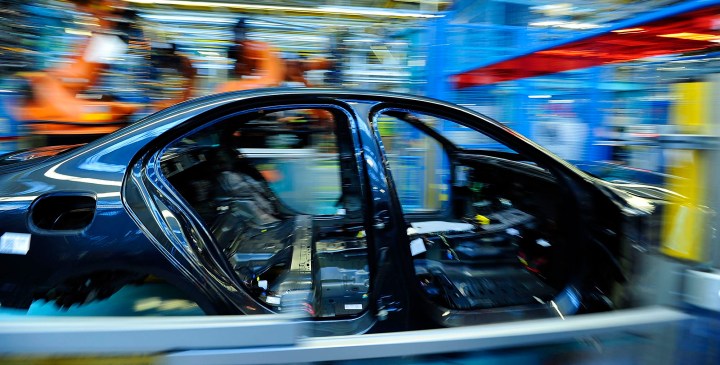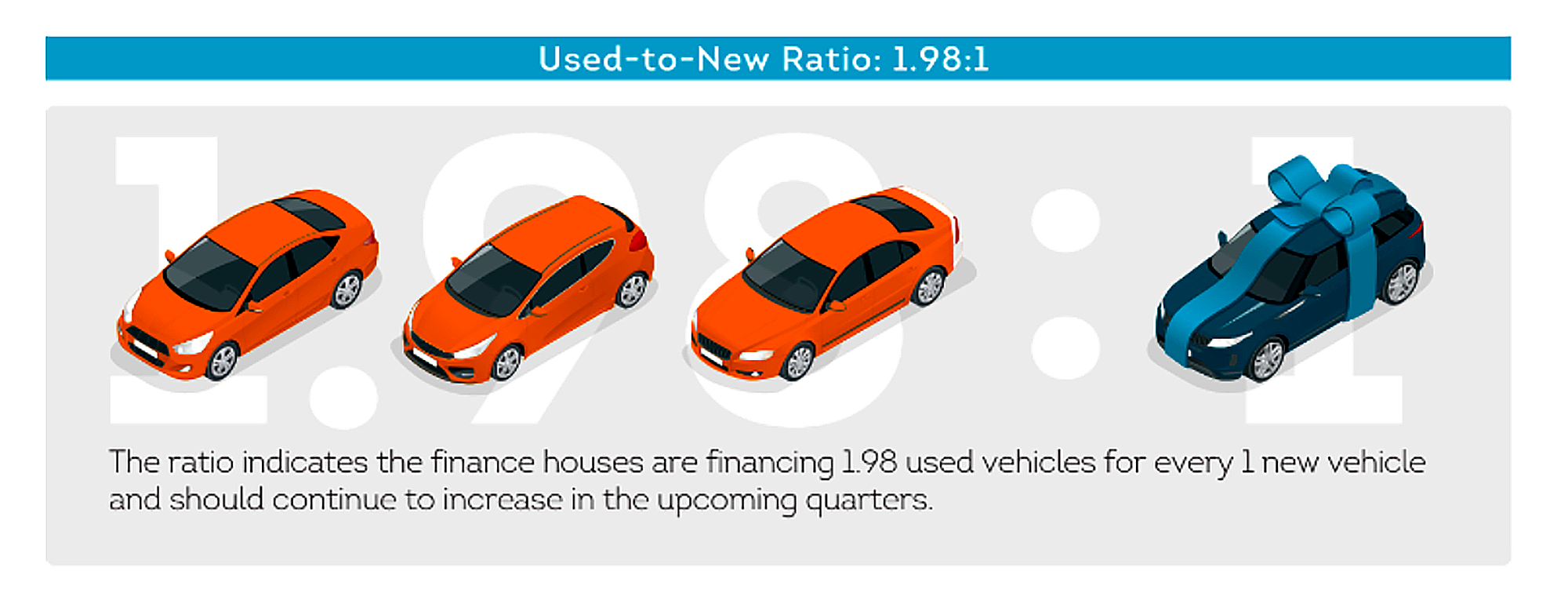MOTOR INDUSTRY
Rough ride ahead after healthy appetite for new vehicles in Q4 2022

The macroeconomic storm clouds, which the industry had seen lifting, are likely to hit the market very soon as 2023 is predicted to be a tough year.
The economy might be in reverse, but that didn’t seem to scare off consumer appetites for new wheels or financing – at the end of last year, at least. Q1 of 2023, by all accounts, is going to paint a rather different picture.
TransUnion’s Vehicle Pricing Index (VPI) for Q4 2022, released on Tuesday, suggests the appetite for new vehicles was still healthy, with a slowing demand for used vehicles.
This, the credit reporting agency says, reflects that the industry was shrugging off ongoing vehicle price inflation, declining consumer credit health and “looming macro-economic storm clouds” to record an increase in vehicle sales in the fourth quarter of 2022 – although 2023 is panning out to be a tough year.

TransUnion says the number of financial agreements in the passenger vehicle market in Q4 increased by 1.5% year-on-year, with 13% more new vehicle deals and 3.4% fewer used vehicle deals sealed.
In 2021, TransUnion’s data suggests 2.31 used vehicles were sold for every new vehicle; in Q4 2022, that number had declined to 1.98.
 In the used vehicle segment, 20% of cars sold were less than two years old.
In the used vehicle segment, 20% of cars sold were less than two years old.
Demo models made up only 4% of financed used vehicles, which suggests an increased appetite for older models due to price pressures.
There were also 10 times more hybrids and six times more electric vehicles (EVs) purchased – although that is off a low base, with these categories only making up a tiny percentage (2.5%) of all new vehicle purchases last year.
When it came to new and used financed vehicles, 45% were hatchbacks while 25% were SUVs.
Younger buyers also bought almost half of all their vehicles through credit, and mostly second-hand: Among consumers between the ages of 26 and 40, nearly 46% of all vehicles were financed while 73% were used.
Kriben Reddy, vice president of auto information solutions at TransUnion Africa, said the number of financial agreements in the passenger vehicle market in Q4 had increased by 1.5% YoY, but warned that negative GDP growth from Q3 and low consumer confidence suggest that a slowdown in demand is imminent.
“The first key indicator for the car market is consumer confidence,” said Reddy.
“Deteriorating credit health is a leading indicator for a challenging trading environment for retailers and lenders.”
TransUnion’s latest Consumer Pulse Survey revealed that 45% of consumers were expecting to cut back on retail shopping in the next three months; 58% expected to cut back on discretionary spending, and 46% planned to hold off on large purchases like appliances and cars.
“The other key indicator is GDP growth. Historically, we’ve seen that any growth rate below 1% is a likely indicator of a declining new vehicle market.
“A recent Bloomberg survey suggests the economy is unlikely to grow by more than 0.3% quarter-on-quarter through 2023, with economists predicting GDP growth slowing to 1.2% this year from 2.3% in 2022. At this level, the industry is treading a fine line.”
Good quality, well-priced, used vehicles were becoming harder to find, as the percentage of both new and used cars in the lower bracket (under R200,000) was narrowing while most of the growth came from the R200,000-R300,000 and especially the R300,000-plus bands.
 Meanwhile, Q4 sales data from Naamsa (the Automotive Business Council) indicate a 16% increase YoY, which is up only 0.1% on Q3, which it says suggests greater economic pressure on the new vehicle market as well as supply chain disruptions.
Meanwhile, Q4 sales data from Naamsa (the Automotive Business Council) indicate a 16% increase YoY, which is up only 0.1% on Q3, which it says suggests greater economic pressure on the new vehicle market as well as supply chain disruptions.
Naamsa said the availability and prices of imported components were affected by logistical issues at the ports due to the Transnet strike and force majeure declared during the quarter, as well as the ongoing global shortage of semiconductors.
Unionised labour rate increases and persistent rolling blackouts have exacerbated the industry’s woes.
South Africa had a vehicle parc (number of registered vehicles) of 12.96 million at the end of 2021, of which 7.65 million, or 59%, are passenger cars. BM/DM



















Comments - Please login in order to comment.